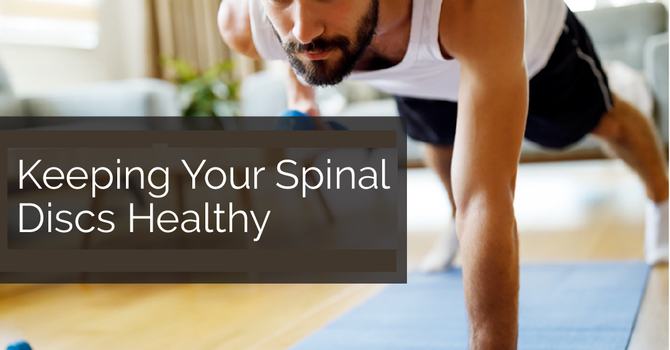The anatomy of the lower back.
Your "lumbar spine", or low back, is made up of five bones stacked on top of each other with a shock-absorbing disc between each level.
Your low back relies on muscles and ligaments for support. "Sprains" and "strains" are the result of these tissues being stretched too hard or too far, much like a rope that frays when it is stretched beyond its normal capacity.
The word "sprain" refers to damage to the tough, strong ligaments that keep your bones together, while "strain" refers to partial tears in the muscles or tendons that drive your trunk.
Back pain is extremely common and impacts the majority of people.
Most people experience low back pain at some point in their lifetime, and 70% of those patients can attribute their symptoms to sprain/strain injuries.
Sudden or forceful movements, such as a fall, twist, raise, push, pull, direct blow, or quickly straightening up from a sitting, crouched, or bent position, may cause lumbar sprains and strains.
Most commonly, sprains and strains are not the result of any single event, but rather from repeated overloading. The spine can generally manage small isolated stressors quite well, but repetitive challenges lead to injury in much the same way that constantly bending a piece of copper wire will cause it to break. Examples of these stressors include bad postures, sedentary lifestyles, poor-fitting workstations, repetitive movements, improper lifting, or being overweight.
What are some symptoms of back pain?
Symptoms from a sprain/strain may begin abruptly but more commonly develop gradually.
Symptoms can range from a dull ache to excruciating pain that gets worse when you move.
Rest may relieve your symptoms but often leads to stiffness. The pain is generally centred in your lower back but can spread towards your hips or thighs. Be sure to tell your doctor if your pain extends beyond your knee, or if you have weakness in your lower extremities or a fever.
What can sprains and strains lead to scar tissue?
Sprain/strain injuries cause your normal healthy elastic tissue to be replaced with less elastic "scar tissue."
This process can lead to ongoing pain and even arthritis. Patients who elect to forego treatment and "just deal with it" develop chronic low back pain more than 60% of the time. It is important to seek early and adequate care, such as that given in our office.
How can back pain be treated?
Depending on the severity of your injury, you may need to limit your activity for a while, especially bending, twisting, and lifting, or movements that cause pain.
Bed rest is not in your best interest. You should remain active and return to normal activities as your symptoms allow. The short-term use of a lumbar support belt may be helpful. Sitting makes the back more vulnerable to sprains and strains from sudden or involuntary movements for a short period of time.
Be sure to take "micro-breaks" from workstations for 10 seconds every 20 minutes. Following acute injuries, you can apply ice for 15-20 minutes each hour. Heat may be helpful after several days or for more chronic origins of pain. Ask your doctor for specific ice/heat recommendations. Some patients report partial relief from sports creams.

